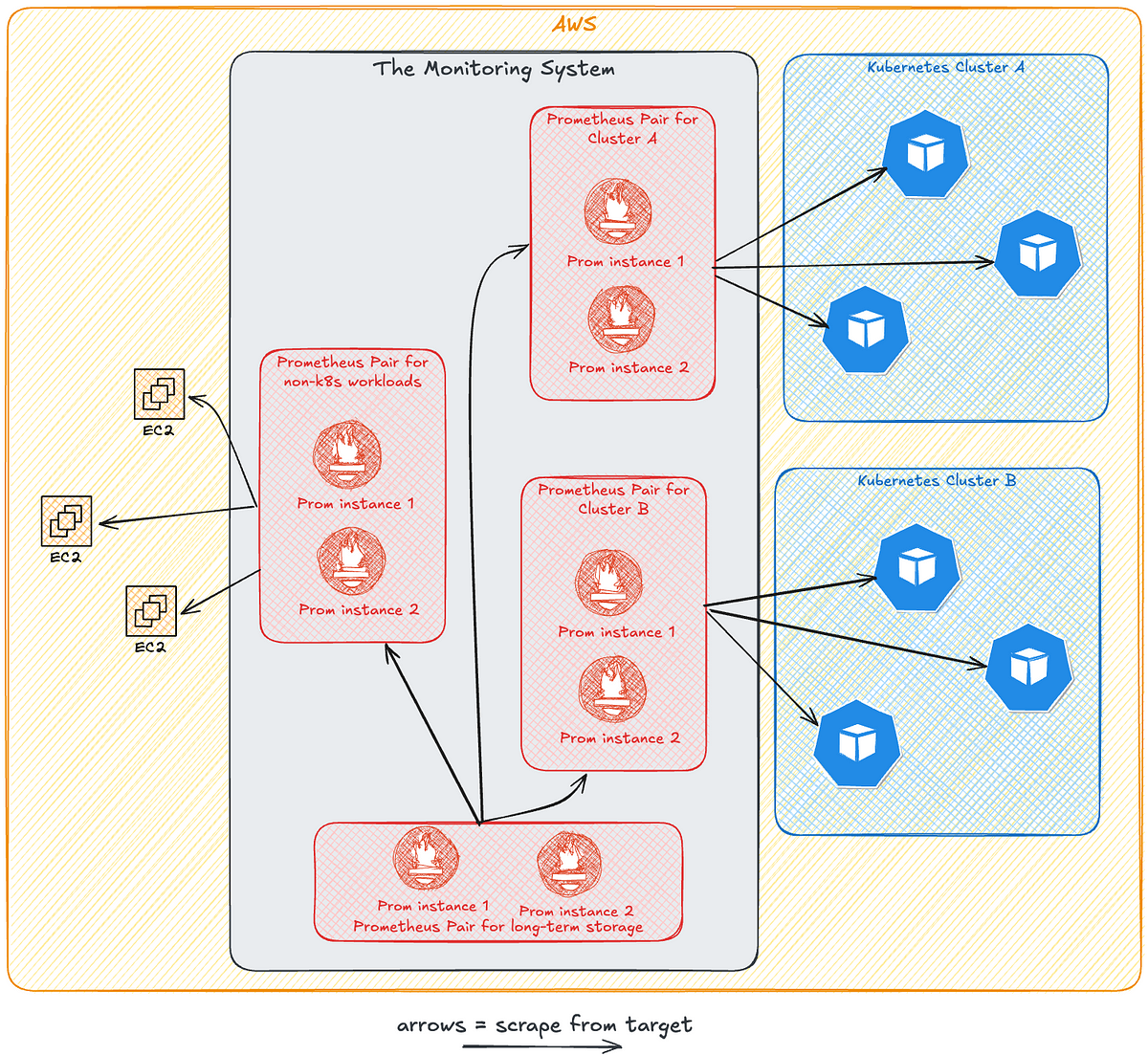
Israel’s New Approach to Tunnels: A Paradigm Shift in Underground Warfare
Before the war against Hamas in Gaza, the Israel Defense Forces were one of the most prepared militaries in the world for underground warfare. The IDF were the only army to have a full brigade-sized unit dedicated to training, manning, equipping, researching, developing new technologies and tactics, learning, and adapting solely for underground warfare. Still, the challenges they faced early in their campaign in Gaza, many of which they struggled initially to overcome, speaks to the incredible complexity of subterranean warfare. Their responses to these challenges signal a paradigm shift in modern approaches to underground warfare.
One of the main reasons the IDF were unprepared for Gaza’s underground spaces was simply that no military had faced anything like it in the past—not even Israeli ground forces. The IDF faced a Hamas military organization that had spent over fifteen years engineering the infrastructure of an entire region—to include over twenty major cities—for war, with the group’s political-military strategy resting on a vast and expensively constructed subterranean network under Gaza’s population centers. The Hamas underground network, often called the “Gaza metro,” includes between 350 and 450 miles of tunnels and bunkers at depths ranging from just beneath apartment complexes, mosques, schools, hospitals, and other civilian structures to over two hundred feet underground. There are estimates of over five thousand separate shafts leading down into Hamas subsurface spaces. In past wars, where underground environments were used, the tunnel networks were subordinate to the surface and were not built solely under population centers mostly to be used as massive human shields.
IDF investigations and captured Hamas documents produced reports that it took Hamas a year to dig one kilometer of standard tunnel at a per-kilometer cost of $275,000. A number of factors—size, type, and function, for examples—can raise the costs well beyond that of a standard mobility tunnel. The variety of tunnels in Gaza makes it difficult to estimate the underground network’s overall cost, but Hamas reportedly spent $90 million to build just three dozen tunnels in 2014, and some analysts place the network’s total cost at over $1 billion.





















